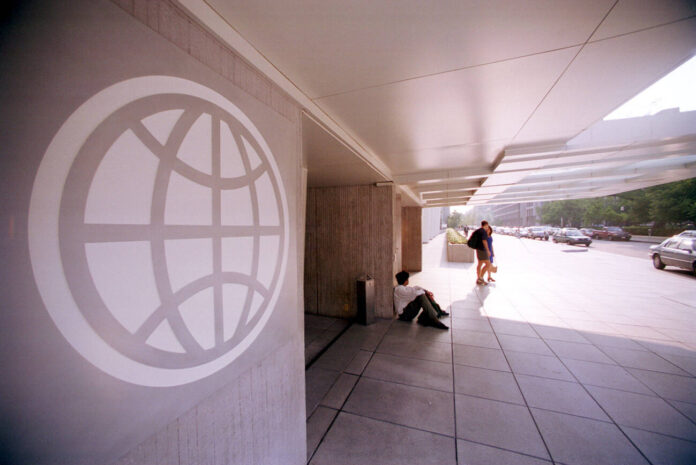The World Bank forecast on Tuesday that global commodity prices will decline by 12% in 2025 and an additional 5% in 2026, largely due to weakening global growth exacerbated by trade tensions.
This will result in the lowest real terms commodity prices of the 2020s. According to the World Bank’s latest Commodity Markets Outlook, inflation-adjusted prices are expected to return to their 2015-2019 average over the next two years, marking the end of the price boom spurred by the COVID-19 economic recovery and Russia’s invasion of Ukraine in 2022.
While the price drop could ease near-term inflation risks stemming from new U.S. tariffs and rising global trade barriers, it may also negatively impact developing economies that are heavily reliant on commodity exports. World Bank Chief Economist Indermit Gill noted that higher commodity prices had benefitted many developing countries, two-thirds of which are commodity exporters.
However, the current combination of high price volatility and lower prices presents significant challenges for these economies. To navigate this, Gill suggested that these nations should liberalize trade, restore fiscal discipline, and create more business-friendly environments to attract private capital.
The report also highlighted that surging energy prices had added over two percentage points to global inflation in 2022, but falling prices in 2023 and 2024 have helped moderate inflationary pressures. Energy prices are predicted to decrease by 17% in 2025 to their lowest level in five years, followed by a further 6% drop in 2026.
The report forecasted that Brent crude would average $64 per barrel in 2025, a $17 decline from 2024, and continue to decrease to $60 per barrel in 2026, driven by ample supply and declining demand, partly due to the rapid adoption of electric vehicles in China.
Coal prices are also expected to fall by 27% in 2025 and an additional 5% in 2026, as coal consumption for power generation slows in developing economies. Food prices, while expected to decrease by 7% in 2025 and 1% more in 2026, are unlikely to ease food insecurities in the world’s most vulnerable countries, where humanitarian aid is shrinking and armed conflicts are exacerbating hunger.
The report also predicted that gold prices may reach a new record in 2025, as investors seek safe havens amid rising global uncertainty. However, the price is expected to stabilize in 2026.




